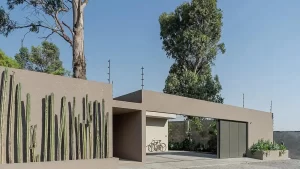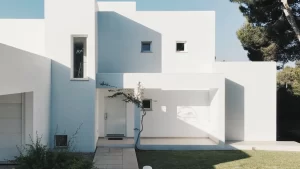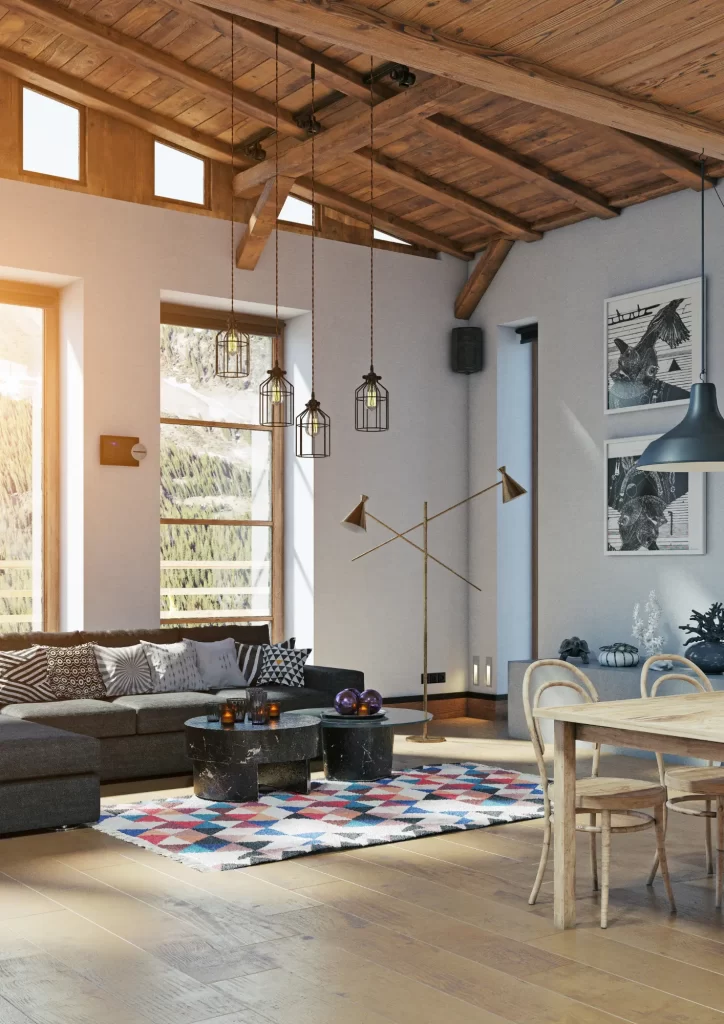When it comes to beach house design, choosing the right siding is crucial. Siding not only contributes to the aesthetic appeal of your home but also plays a significant role in protecting it from the harsh coastal elements. From withstanding salty air and strong winds to maintaining a vibrant appearance under the sun, the siding you select can greatly impact the overall functionality and style of your beachfront property. In this guide, we will delve into the various options available and help you determine the best siding for your beach house to ensure both beauty and durability.
Factors to Consider: Climate, Durability, and Aesthetic Appeal
- Climate: The coastal environment presents unique challenges, such as saltwater exposure, humidity, and intense sunlight. Choose siding materials that are resistant to these elements to ensure longevity and minimal maintenance.
- Durability: Beach houses are subjected to harsh weather conditions, including strong winds and occasional storms. Opt for durable siding options that can withstand these challenges without warping, cracking, or fading over time.
- Aesthetic Appeal: The siding you choose should complement the natural beauty of the beach environment. Consider colors and textures that harmonize with the sand, sea, and surrounding landscape to create a cohesive and visually pleasing exterior.
- Maintenance Requirements: Evaluate the maintenance needs of different siding materials. While some options may require regular cleaning or occasional repainting, others may be more low-maintenance and resistant to mold, mildew, and corrosion.
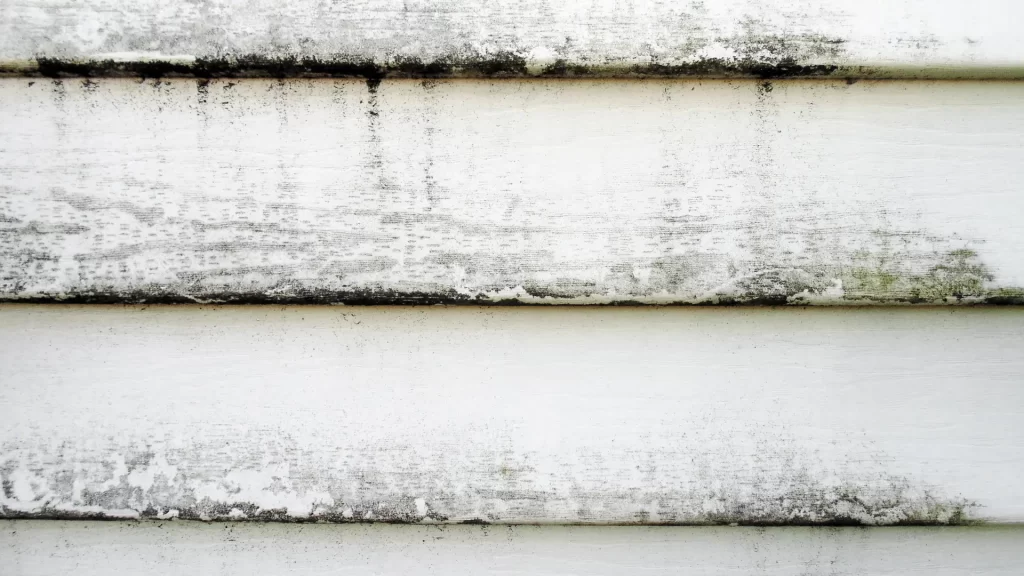
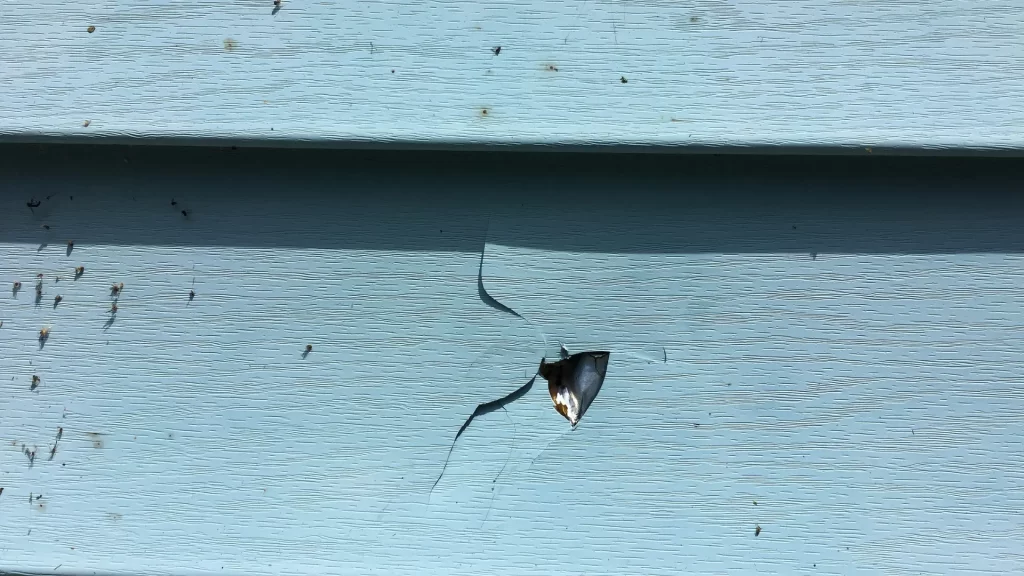
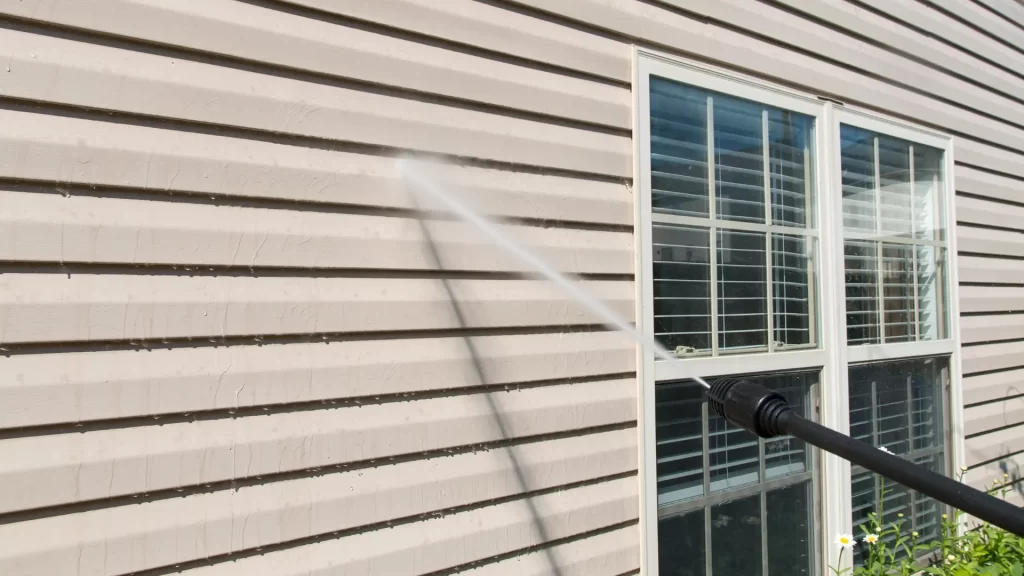
Vinyl Siding: Cost-Effective and Low-Maintenance Option
Vinyl siding is a popular choice for beach houses due to its affordability, durability, and low maintenance requirements. Here are some key benefits of opting for vinyl siding for your beach property:
- Affordability: Vinyl siding is one of the most budget-friendly options available for beach house exteriors. It offers a cost-effective way to achieve a beautiful and durable finish without breaking the bank.
- Durability: Vinyl siding is designed to withstand harsh coastal conditions, including saltwater exposure, strong winds, and UV rays. It is resistant to rot, corrosion, and insect damage, making it a durable choice for beachfront properties.
- Low Maintenance: Unlike some other siding materials, vinyl requires minimal maintenance. It does not need to be painted, stained, or sealed regularly, saving you time and effort in upkeep. Occasional cleaning with soap and water is usually sufficient to keep vinyl siding looking fresh and vibrant.
- Versatility: Vinyl siding comes in a wide range of colors, styles, and textures, allowing you to achieve the desired aesthetic for your beach house. Whether you prefer a classic coastal look or a modern design, there are vinyl siding options to suit your taste.
- Energy Efficiency: Insulated vinyl siding options are available, which can improve the energy efficiency of your beach house. These siding products help to reduce heat transfer, keeping your home cooler in summer and reducing energy costs.
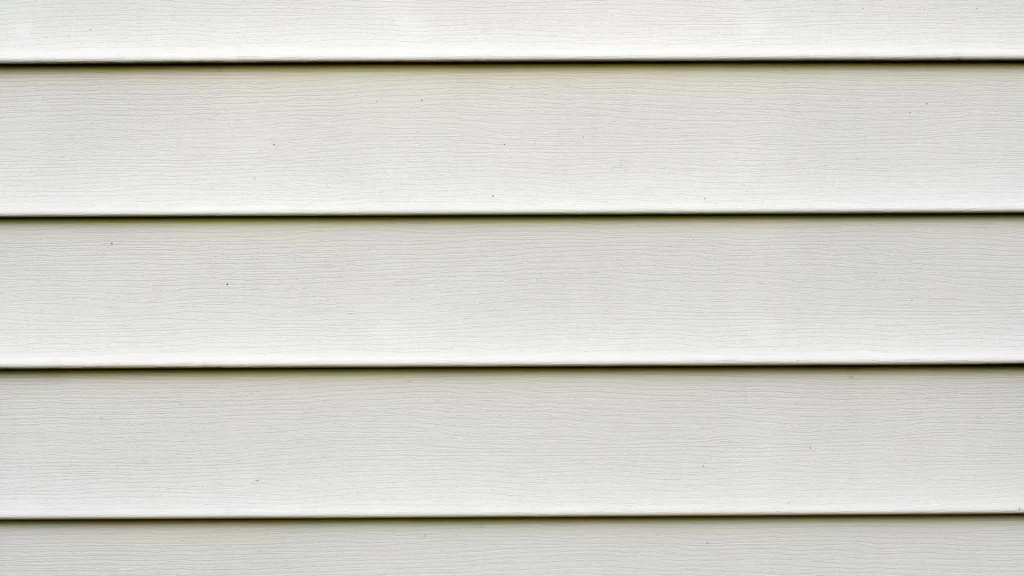
Fiber Cement Siding: Durable and Weather-Resistant Choice
Fiber cement siding is another excellent option for beach houses, known for its exceptional durability and weather resistance. Here are the key advantages of choosing fiber cement siding for your coastal property:
- Durability: Fiber cement siding is highly durable and can withstand the harsh coastal environment, including exposure to saltwater, humidity, and strong winds. It is resistant to rot, termites, and moisture damage, making it a long-lasting siding option for beach houses.
- Weather Resistance: Fiber cement siding is designed to withstand extreme weather conditions, including heavy rain, storms, and UV exposure. It does not warp, crack, or fade over time, maintaining its structural integrity and appearance even in coastal climates.
- Low Maintenance: Similar to vinyl siding, fiber cement siding requires minimal maintenance. It does not need to be repainted frequently, and routine cleaning with water and mild detergent is usually sufficient to keep it looking fresh and clean.
- Fire Resistance: Fiber cement siding is non-combustible and offers excellent fire resistance, providing added safety and protection for your beach house in areas prone to wildfires or accidental fires.
- Aesthetic Appeal: Fiber cement siding comes in a variety of styles, textures, and colors, allowing you to achieve the desired look for your beach property. Whether you prefer a traditional coastal appearance or a modern design, fiber cement siding offers versatility in design options.
- Eco-Friendly: Fiber cement siding is made from sustainable materials, including cement, sand, and cellulose fibers. It is an environmentally friendly choice for homeowners who prioritize sustainability in their building materials.
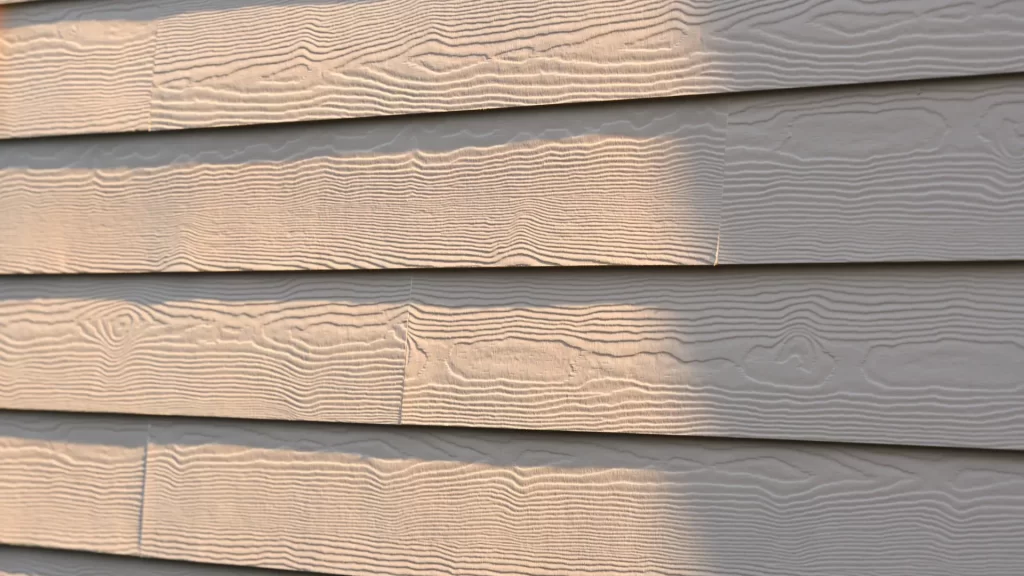
Wood Siding: Classic Charm and Natural Beauty for Beach Homes
Wood siding is a timeless and classic choice that brings a warm, natural, and charming appeal to beach homes. Here are the key aspects to consider when opting for wood siding for your coastal property:
- Aesthetic Appeal: One of the primary reasons homeowners choose wood siding is for its aesthetic appeal. It adds a sense of warmth and character to the exterior of beach houses, creating a cozy and inviting atmosphere.
- Variety of Styles: Wood siding comes in a variety of styles, including clapboard, shingles, and board-and-batten, allowing homeowners to achieve different looks and architectural styles for their beach homes. It can be painted or stained in a wide range of colors to complement the coastal landscape.
- Natural Insulation: Wood siding provides natural insulation, helping to regulate indoor temperatures and improve energy efficiency. This is particularly beneficial in coastal areas where temperature fluctuations can occur.
- Sustainable Material: When sourced responsibly, wood siding can be an environmentally friendly choice. Look for sustainably harvested wood or opt for reclaimed wood siding to minimize environmental impact.
- Maintenance Requirements: While wood siding offers aesthetic benefits, it does require regular maintenance to protect it from moisture, rot, insects, and UV exposure. Proper sealing, staining, or painting, along with routine inspections and repairs, can help prolong the lifespan of wood siding.
- Durability: The durability of wood siding depends on the type of wood species used and the maintenance practices followed. Hardwoods like cedar and redwood are naturally resistant to decay and insect damage, making them suitable choices for coastal environments.
- Cost Considerations: Wood siding can vary in cost depending on the type of wood, quality, and installation method. While it may require a higher initial investment compared to other siding options, many homeowners appreciate its natural beauty and longevity.
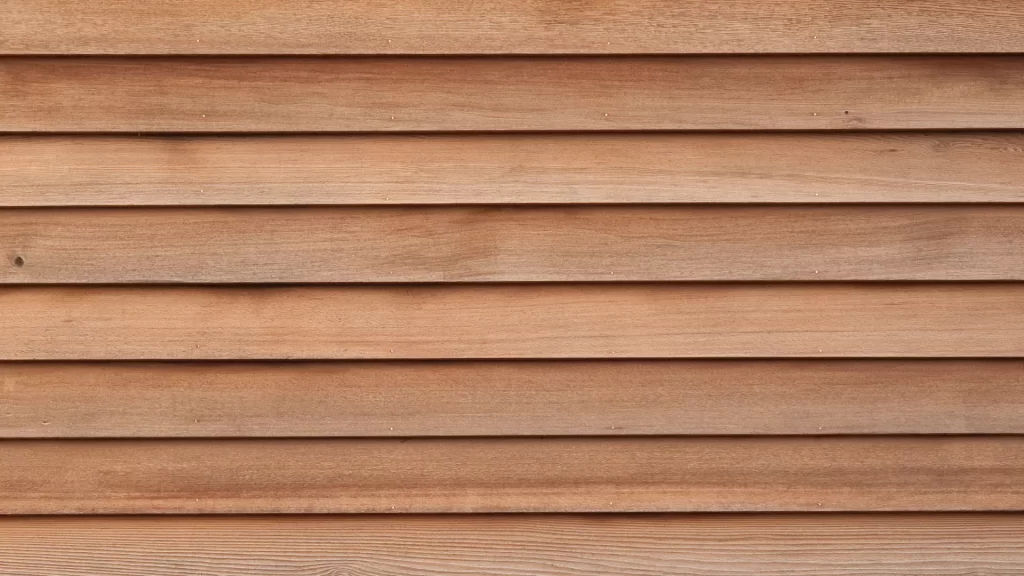
Composite Siding: Versatile and Eco-Friendly Alternative
Composite siding is gaining popularity as a versatile and eco-friendly alternative for beach house exteriors. Here are the key aspects to consider when considering composite siding for your coastal property:
- Material Composition: Composite siding is typically made from a combination of recycled wood fibers and plastic resins. This composition results in a durable material that mimics the look of natural wood while offering enhanced durability and weather resistance.
- Low Maintenance: One of the primary benefits of composite siding is its low maintenance requirements. Unlike wood siding, composite siding does not require painting, staining, or sealing. It is resistant to rot, insects, and moisture, making it ideal for coastal environments where these factors are prevalent.
- Color and Style Options: Composite siding comes in a wide range of colors, textures, and styles, allowing homeowners to achieve the desired aesthetic for their beach homes. Whether you prefer a traditional wood-like appearance or a contemporary design, there are composite siding options to suit various tastes.
- Eco-Friendly Choice: Composite siding is considered an eco-friendly choice as it incorporates recycled materials and reduces the need for harvesting new wood. It also requires less maintenance over its lifespan, contributing to environmental sustainability.
- Durability: Composite siding is highly durable and can withstand harsh coastal conditions such as saltwater exposure, strong winds, and UV rays. It is resistant to warping, cracking, and fading, ensuring long-term performance and aesthetics.
- Installation Considerations: Composite siding is typically installed using a system of interlocking panels or boards, providing a seamless and uniform appearance. Professional installation is recommended to ensure proper fit and alignment, especially in beachfront locations prone to extreme weather conditions.
- Cost Considerations: While composite siding may have a higher upfront cost compared to some other siding options, its long-term durability and low maintenance requirements can result in cost savings over time. Homeowners can also benefit from potential energy efficiency gains due to the siding’s insulation properties.
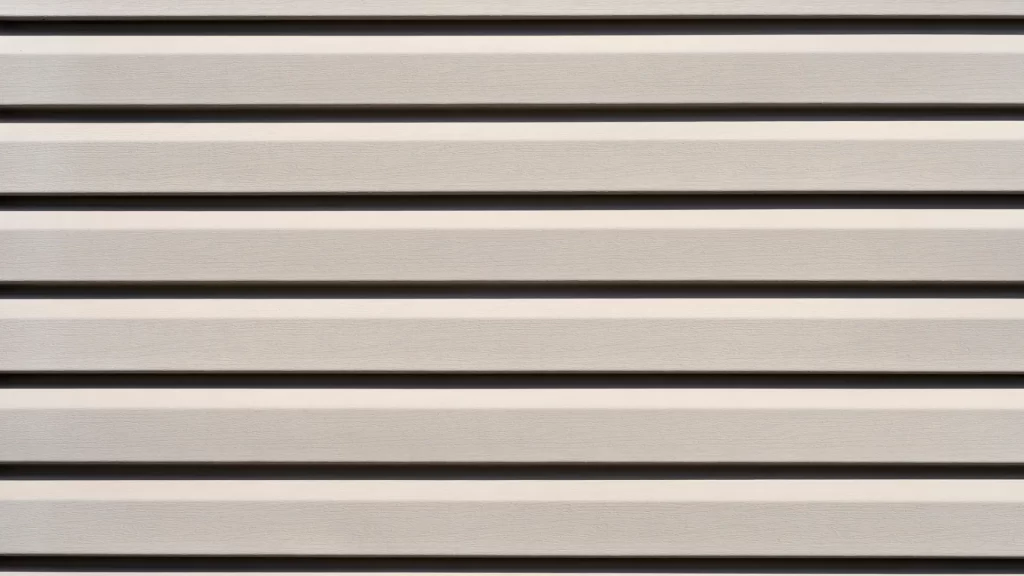
Metal Siding: Modern and Sleek Designs for Contemporary Beach Houses
Metal siding is an excellent choice for contemporary beach houses, offering modern and sleek designs that complement the coastal environment. Here are some key aspects to consider when evaluating metal siding options for your beach property:
- Durability and Weather Resistance: Metal siding, such as steel or aluminum, is highly durable and can withstand harsh coastal elements like saltwater exposure, strong winds, and UV rays. It is resistant to rot, mold, insects, and moisture, making it ideal for beachfront locations where these factors are prevalent.
- Modern Aesthetic: Metal siding provides a sleek and contemporary aesthetic that is well-suited to modern beach house designs. It offers clean lines, crisp edges, and a variety of finishes, including smooth, textured, and ribbed surfaces, allowing homeowners to achieve the desired look for their exteriors.
- Low Maintenance: Metal siding requires minimal maintenance compared to other siding materials. It does not need painting or staining and is easy to clean with soap and water. Regular inspections for dents, scratches, or corrosion can help maintain its appearance and structural integrity over time.
- Energy Efficiency: Some metal siding options come with insulation layers or reflective coatings that can improve energy efficiency by reducing heat transfer and air leakage. This can lead to lower heating and cooling costs, especially in beach climates with fluctuating temperatures.
- Color and Finish Options: Metal siding is available in a wide range of colors, including neutrals, bold hues, and metallic finishes. Homeowners can choose a color that complements their beach house’s architecture, landscape, and surroundings, creating a cohesive and visually appealing exterior.
- Installation Considerations: Professional installation is recommended for metal siding to ensure proper alignment, sealing, and weatherproofing. Specialized techniques may be required for coastal areas to address saltwater corrosion and wind resistance, ensuring long-term performance and durability.
- Cost Considerations: While metal siding may have a higher upfront cost than some other siding materials, its longevity, low maintenance requirements, and energy efficiency benefits can result in cost savings over time. Homeowners should consider the long-term value and durability of metal siding when evaluating their budget.
Choosing the right siding for your beach house is crucial to enhancing its overall style, durability, and functionality. Each siding material discussed—vinyl, fiber cement, wood, composite, and metal—offers unique benefits and aesthetics that can elevate the look and performance of your coastal property.
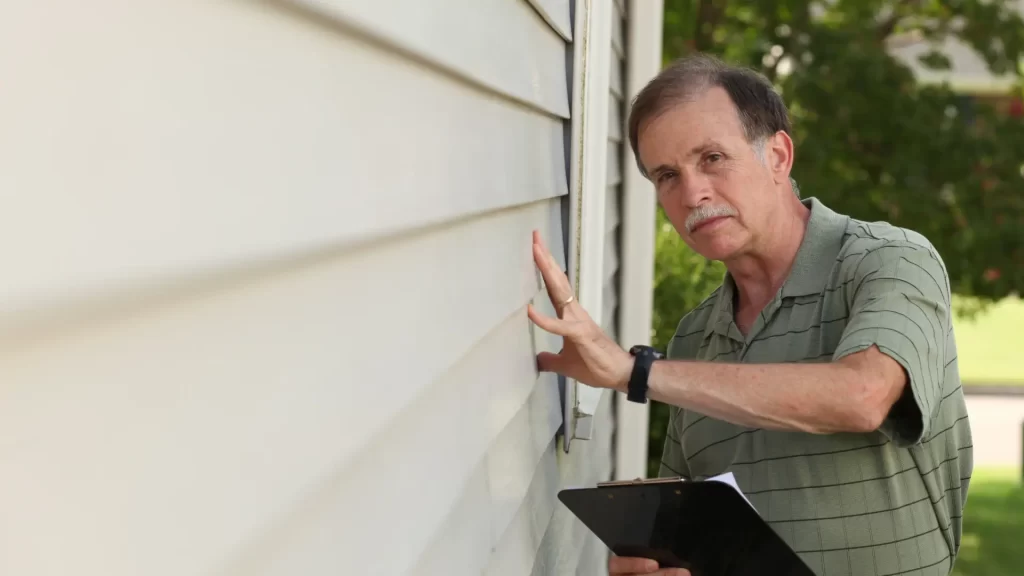
When making a decision, consider factors such as climate, durability, maintenance requirements, energy efficiency, aesthetic preferences, and budget. Vinyl siding is cost-effective and low-maintenance, ideal for homeowners seeking an affordable option. Fiber cement siding provides durability and weather resistance, making it suitable for coastal areas prone to harsh weather conditions.
Ultimately, the perfect siding choice will depend on your specific needs, preferences, and the architectural style of your beach house. Consulting with a professional contractor or siding specialist can help you navigate the options and make an informed decision that enhances the beauty and functionality of your beach property for years to come.


